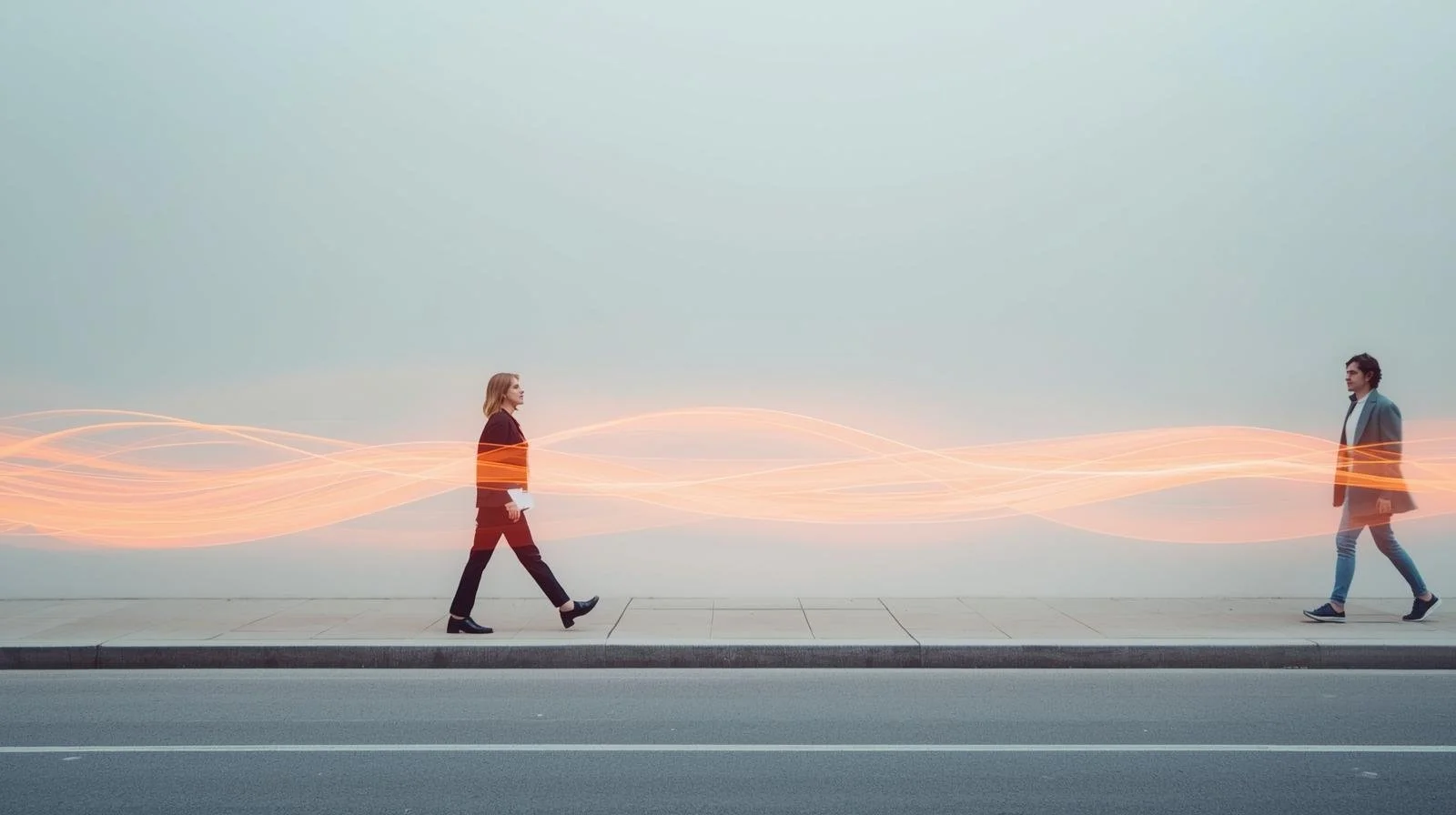The Science of Serendipity: Why Chance Encounters Change Our Lives
By Leah Omondi, PhD | Social Psychologist
The Moments We Never Plan For
Most of the turning points in life don’t start with a grand plan — they start with bumping into someone, missing a flight, saying yes at the last minute.That’s serendipity: not pure luck, but luck meeting readiness.
Psychologists call it planned happenstance — a mix of openness, curiosity, and pattern-recognition that lets you turn randomness into meaning. Serendipity isn’t chaos. It’s a quiet collaboration between your mind and the unexpected.
How the Brain Finds Meaning in Chance
The brain loves order. Even in randomness, it searches for narrative threads. When something surprising happens, your dopaminergic reward system lights up — the same system involved in learning. That spark of novelty tells your brain: Pay attention; something important might be here.
Neuroscientists at University College London found that uncertain rewards create stronger dopamine responses than predictable ones. It’s why an unplanned meeting or coincidence feels charged — your brain senses possibility.
Serendipity, in biological terms, is learning disguised as luck.
The Traits That Invite Serendipity
1. Cognitive Openness
People who score high in openness to experience notice connections others overlook. They don’t dismiss coincidence; they explore it.
2. Active Curiosity
Serendipity favors movement. You have to be out there — in conversation, in motion, in curiosity. Staying curious multiplies your odds of bumping into opportunity.
3. Meaning Making
The mind assigns story to randomness. Those who find meaning easily turn chance into change. It’s not delusion; it’s adaptive narrative building.
Why Modern Life Blocks It
Algorithms predict what we see. Calendars script our days. Even friendships form through filters. The digital world minimizes randomness — and with it, the micro-magic of surprise.
Psychologically, this predictability reduces stochastic exposure — our contact with the unexpected — which researchers now link to lower creativity and emotional resilience.
To invite serendipity back, we have to reintroduce friction: moments that can’t be optimized.
Practical Ways to Create Your Own Luck
Loosen the Schedule – Leave 10 unscheduled minutes between tasks. Most breakthroughs happen in white space.
Talk to Strangers – Small talk increases positive affect and broadens perspective.
Change Routes – Novelty wakes the hippocampus, improving memory and idea generation.
Follow Micro-Curiosity – When something small catches your attention — a color, a phrase, a smell — follow it. It might lead somewhere.
Real-World Proof
Research from the London School of Economics tracked entrepreneurs who credited “luck” for major business pivots. Nearly all shared one behavior: they treated coincidences as starting points, not distractions.
Serendipity, it turns out, isn’t a rare gift. It’s a practiced sensitivity.
Closing Statement
The next time life interrupts your plan, pause before you call it an inconvenience. Serendipity speaks quietly. You have to be still enough — and curious enough — to hear it.
Author Bio
Dr. Leah Omondi is a social psychologist researching curiosity, openness, and the role of chance in personal growth. Her work explores how small moments shape identity and decision-making.
*Guest contributions reflect the personal experiences and perspectives of their authors. While every piece is reviewed for quality and respect, the ideas shared may differ from the views of Josh Dolin. Readers are encouraged to take what resonates and leave the rest.

